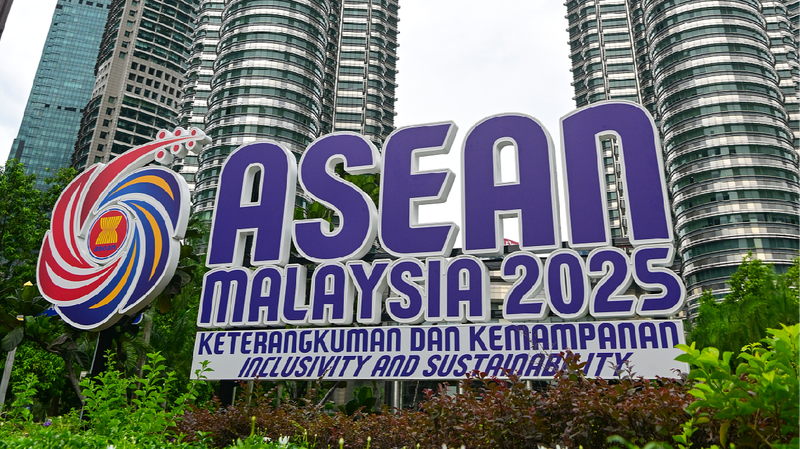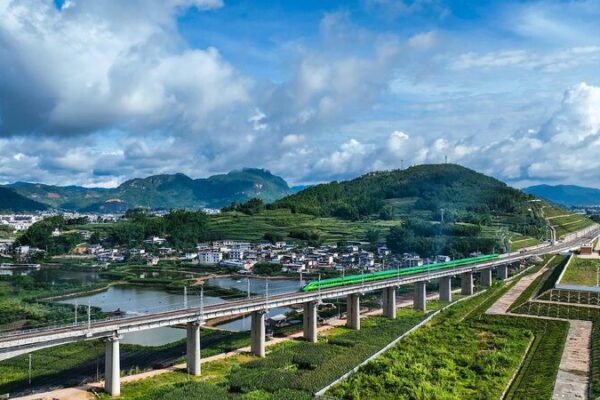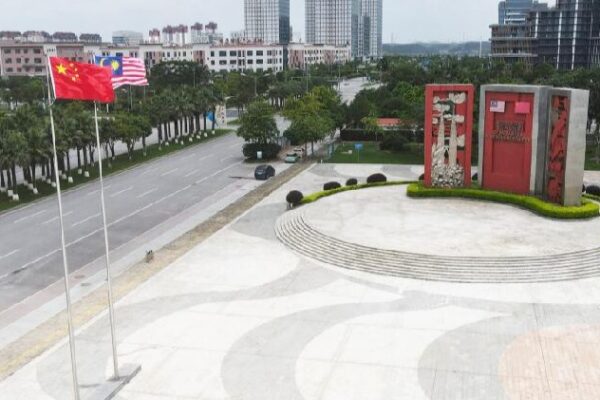China and the Association of Southeast Asian Nations (ASEAN) are strengthening a partnership that’s reshaping global trade. With Malaysia playing a key role, this relationship is becoming one of the most dynamic and enduring collaborations in the world.
China has been Malaysia’s largest trading partner for 16 years in a row. At the same time, Malaysia ranks as China’s second-largest trading partner within ASEAN and is China’s top source of imports from the bloc. As Malaysia prepares to take over the ASEAN Chairmanship in 2025, it’s in a unique position to further enhance economic ties between China and Southeast Asia.
Trade on the Rise
This year, ASEAN maintained its position as China’s largest trading partner in the first quarter. Trade between China and ASEAN reached 1.71 trillion yuan (about $232.7 billion), a 7.1% increase compared to last year, according to China’s General Administration of Customs.
More than 90% of China-ASEAN trade involves manufactured goods. In the first quarter alone, China’s exports to ASEAN of flat panel display modules, automotive parts, and lithium batteries grew by over 20%. ASEAN continues to supply China with essential components for its tech and manufacturing sectors, including parts for data processing equipment, printed circuits, and textile raw materials. This deep industrial cooperation highlights the strength of their economic integration.
Connecting Through Infrastructure
Infrastructure development is boosting this partnership even further. Freight transport between China and ASEAN surged significantly in the first quarter: up 37% by rail, 23.2% by road, 5.8% by sea, and 16.4% by air. The China-Laos Railway, for instance, has handled over 50,000 freight trains since its launch just over three years ago. Combined with China’s new western land-sea corridor, the region is becoming a seamless trade network, connecting inland China to ASEAN ports and markets.
In Malaysia, the East Coast Rail Link (ECRL) is a prime example of high-quality cooperation with China under the Belt and Road Initiative. Once completed, the ECRL will link the east and west coasts of Peninsular Malaysia, reducing logistics costs and opening new routes for regional trade. It’s set to enhance Malaysia’s role as a strategic gateway for Chinese goods entering Southeast Asia and beyond.
Looking Ahead
Beyond economics, China and ASEAN share deep cultural and historical bonds. They’re not just trade partners but neighbors with intertwined histories and shared futures. The recent conclusion of negotiations for the China-ASEAN Free Trade Area 3.0 marks a new chapter, focusing on digital trade, green development, supply chain resilience, and harmonization of standards. These areas offer fresh opportunities for collaboration that can benefit everyone involved.
As global uncertainties rise, the partnership between China and ASEAN offers stability and openness. In a world facing challenges like protectionism, their cooperation stands as a model of resilience and regional interdependence. The China-ASEAN relationship isn’t just weathering the storms of global change—it’s charting a new course forward.
Reference(s):
China and ASEAN: Relations built on trade, trust, and togetherness
cgtn.com








